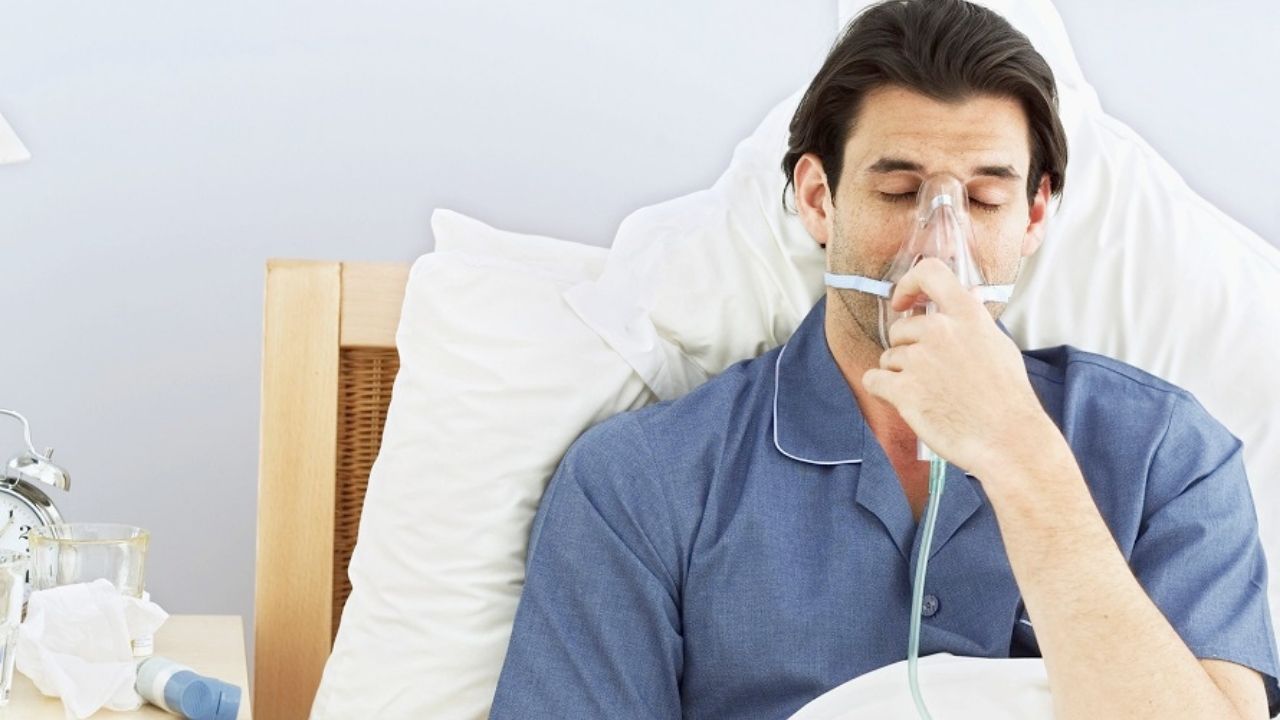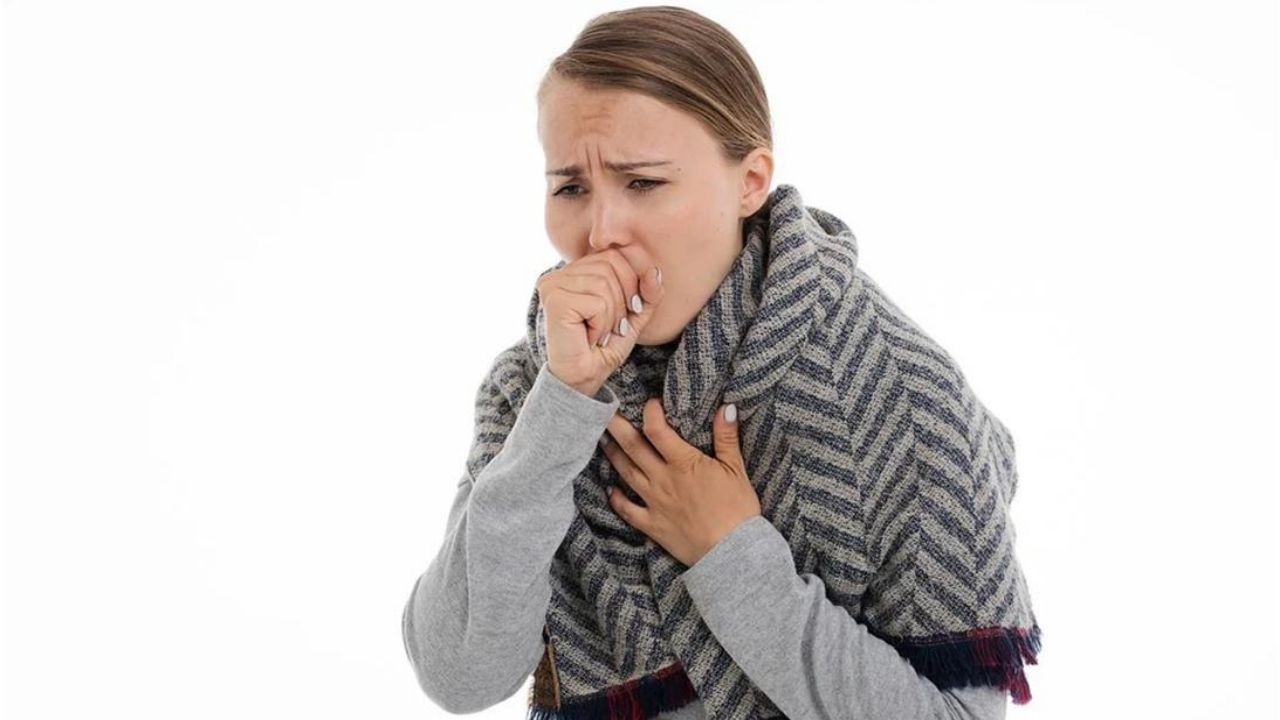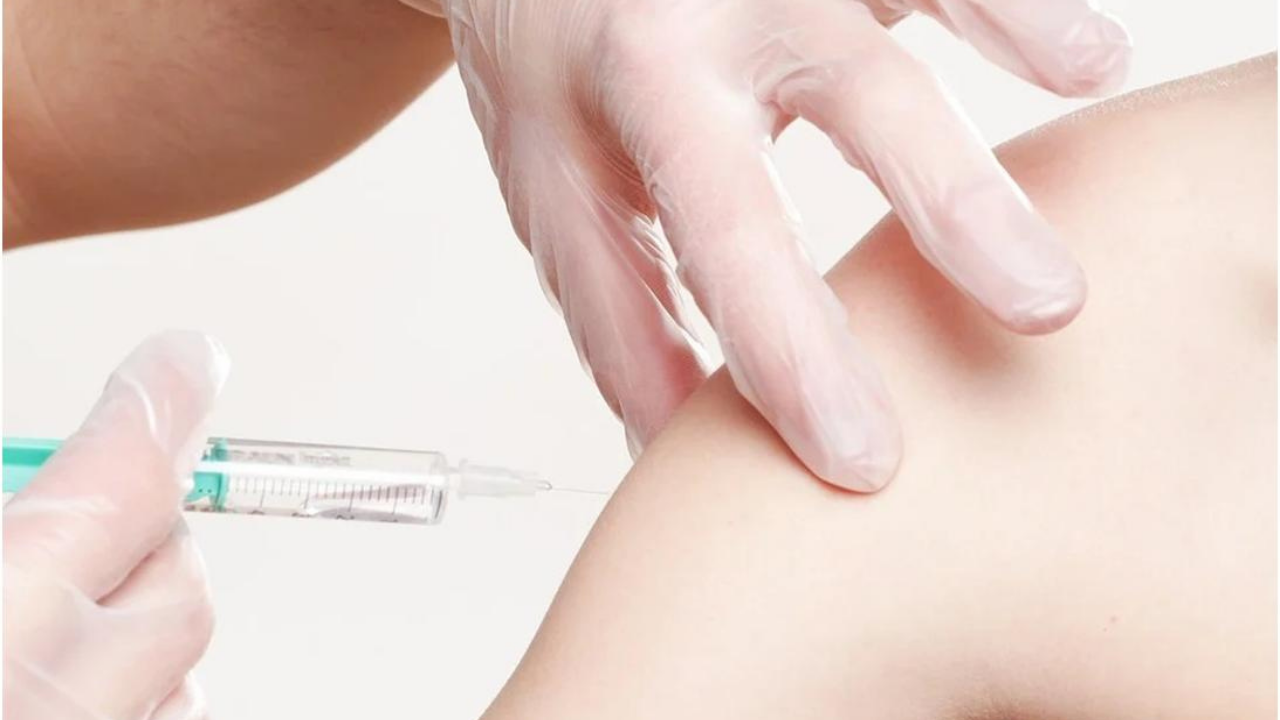Pneumonia is an acute inflammation of the lung tissue of an infectious nature. The respiratory parts of the lungs are more often affected – alveoli, bronchioles. Inflammation can affect interstitial tissue, but in the modern classification it is referred to as alveolitis.
Children under two years of age and people over 65 are more likely to be at risk of developing pneumonia. The likelihood of death is higher in elderly people with concomitant diseases.

Causative agents of the disease
In most cases, pneumonia is caused by infectious agents – bacteria, viruses, fungi.
Bacterial pneumonia is in the first place in terms of frequency of cases. Most often it is caused by gram-positive organisms: pneumococci (40-60% of cases), staphylococci and streptococci (from 2 to 5%). Gram-negative bacteria that provoke the onset of pneumonia include bacilli (intestinal,hemophilic), Proteus, Legionella.
Viral pneumonia occurs under the influence of influenza, parainfluenza, adeno, coronavirus viruses. The disease can be caused by the simplest microorganisms (mycoplasma), fungi. Pneumonia can be mixed (bacterial-viral), this type of pathology is the most dangerous.
Non-infectious causes
Inflammation of the lungs can develop as a result of exposure to allergens, toxic substances, radiation (mainly after radiation therapy in patients with cancer), against the background of injuries and burns, and foreign particles entering the respiratory tract.
Associated factors
In adults:
- weakened immunity, frequent colds, chronic diseases;
- malnutrition, vitamin deficiency;
- smoking, alcohol abuse;
- frequent stress.
In children:
- frequent cooling or overheating;
- insufficient physical activity, lack of hardening;
- violations of the daily routine – lack of sleep, rare walks;
- diseases of ENT organs;
- non-observance of the epidemiological regime, for example, attendance of sick children in kindergartens and schools.
Types of pneumonia
The classification of the disease is carried out according to different criteria.
By etiology:
- bacterial;
- viral;
- mycoplasma;
- fungal;
- mixed;
- unexplained etiology.
By the nature of the course, acute pneumonia (up to 3 weeks) and protracted (up to 2 months) are distinguished. The disease can be mild, moderate, or severe.
Depending on whether the disease has developed independently, or against the background of another pathology, it is divided into primary and secondary. Also distinguish aspiration, post-traumatic, post-burn, post-infarction pneumonia.
Pneumonia can be unilateral and bilateral. According to the degree of defeat, it is divided into:
- focal – occupies a small focus of the lung;
- segmental – affects one or more segments of the lungs;
- lobe – captures one lobe of the lung;
- drain – several foci merge into one large;
- total – one or two lungs are completely affected.
Pneumonia is divided into community-acquired, nosocomial (hospital) and atypical.
Community-acquired (outpatient, or home) – arise outside the hospital. They can be caused by infectious pathogens against a background of normal or reduced immunity, or develop as a result of airway aspiration.
Hospital pneumonia is divided into early, which develop within 5 days of the patient’s stay in the hospital, and late, developing no earlier than the sixth day of hospitalization. They are usually severe and resistant to antibiotic therapy. They are divided into aspiration, ventilation (after a long stay on mechanical ventilation), cytostatic (due to taking chemotherapy drugs) and inflammation of the lung tissue that develop after organ transplantation.
Atypical pneumonia is caused by atypical pathogens (protozoa, viruses) and has a different clinical picture from traditional pneumonia.
Complications of the disease
Pulmonary complications:
- exudative pleurisy;
- abscess or gangrene of the lung;
- obstructive syndrome;
- acute respiratory failure.
Extrapulmonary complications:
- endocarditis, myocarditis;
- glomerulonephritis;
- meningitis, meningoencephalitis;
- acute cardiopulmonary failure;
- infectious toxic shock;
- anemia.
Lung inflammation symptoms
The main symptoms of a typical pneumonia caused by bacteria are a sharp rise in temperature, a productive cough with profuse sputum, which often contains an admixture of pus. Pain in the chest is present when one or more lobes of the lungs are involved in the process, with focal lesions there is no pain syndrome or it occurs very rarely. With a massive lesion area, shortness of breath joins.

The atypical variant of the disease is characterized by a gradual onset, the cough can be dry, without sputum separation. Symptoms from other organs are present: headache, muscle pain, pain and sore throat, general weakness. The onset of SARS can occur without fever (such cases are often noted with pneumonia caused by covid-19), but it usually rises with the development of the disease.
You should consult a doctor at the first signs of the disease – fever, cough, deterioration of the general condition. When seeking medical help at the first stage of the development of inflammation and the correct selection of therapy, the course of the disease will be easier, and the risk of complications will be lower.
Pneumonia, if it takes place in a hospital, is treated by a pulmonologist. In a polyclinic, patients, as a rule, turn to a therapist, who, if necessary, refers them to narrow specialists.
Contagiousness of the disease
In theory, we can say that pneumonia is a contagious disease, since it is caused by bacteria and viruses. However, it is almost impossible to get it just by being around a person who has already been diagnosed with it.
First, the disease is caused by microorganisms that are constantly in the external environment, and with which people in one way or another come into contact in everyday life. In order for a person to fall ill, other factors must also be present – weakened immunity, being in closed, unventilated rooms, bad habits, poor nutrition.
Second, the microbes that cause pneumonia in one person may not necessarily provoke it in another. If you come into contact with a sick person, you can get sick with another respiratory disease, such as bronchitis or ARVI.
Thirdly, the infectiousness of microbes is highest when they are in the upper respiratory tract and are excreted with a slight cough or sneeze. The inflammatory process in the lungs develops when pathogens overcome the primary defense and the presence of concomitant factors, while the virulence of bacteria and viruses decreases.
Thus, patients with pneumonia do not pose a greater risk to others than patients with ordinary respiratory disease. They are not placed in infectious diseases hospitals or separate boxes, with some exceptions, for example, in the case of covid pneumonia. However, in all situations, one should not neglect the observance of reasonable safety measures and limitation of contact of healthy people with a sick person.
Pneumonia treatment
The diagnosis of the disease is made on the basis of patient complaints, general examination, auscultation of the lungs, X-ray data, computed or magnetic resonance imaging. The patient is prescribed a general analysis of blood and urine, sputum bacterial culture.
Patients with pneumonia, especially with moderate and severe course, should be given bed rest and a diet with limited sodium chloride. Subsequently, with the relief of the symptoms of the disease, the diet becomes more gentle, it is recommended to include lactic acid products in the menu.
The mainstay of treatment is therapy aimed at destroying the pathogen. If a bacterial culture was carried out, an analysis was made to identify the microorganism that caused the pneumonia, and the pathogen was identified, funds that act on this particular bacterium or virus are prescribed
In case of viral and mixed forms of the disease, the introduction of a specific gamma globulin is recommended.
In the treatment of pneumonia, antibiotic therapy, antipyretics, pain relievers, drugs that facilitate sputum discharge, and antihistamines are used. In a febrile period, patients with pneumonia are shown bed rest, easily digestible food with a low salt content, and sufficient drinking. Patients under 3 years old, children with lesions of two or more lobes of the lungs, concomitant diseases are hospitalized in a hospital.
It is very important to remember that pneumonia cannot go away on its own. The disease disrupts the function of the lungs, which affects the work of all organs and systems of the body. Neglect of treatment and even deviations from the scheme prescribed by the doctor can lead to serious complications and death.
Recovering from pneumonia
For a speedy recovery after pneumonia, it is necessary to begin rehabilitation measures already at the stage of resolving the disease. This is massage, physiotherapy, physiotherapy exercises .
The consequences of pneumonia – weakness, residual cough, shortness of breath, low-grade fever – can persist up to 3 months after the patient is discharged from the hospital or a certificate of recovery is received. At this time, it is important to engage in therapeutic, physical education, breathing exercises, spend more time in the fresh air, you can visit the pool. The menu should have enough protein foods, vegetables, fruits. Spa treatment has a good effect.
Disease prevention
The main measures for the prevention of pneumonia are a healthy lifestyle, proper nutrition, and the absence of bad habits. It is worth avoiding crowds of people and being in tight, unventilated rooms, especially in the midst of seasonal epidemics, and treating acute respiratory infections in time.

Vaccinations help protect against pneumonia. It is carried out with a specialized pneumococcal vaccine, which is recommended for children under 5 years of age and in people at risk, as well as influenza vaccines recommended for everyone. Don’t have time to read? Take it with you and read it later